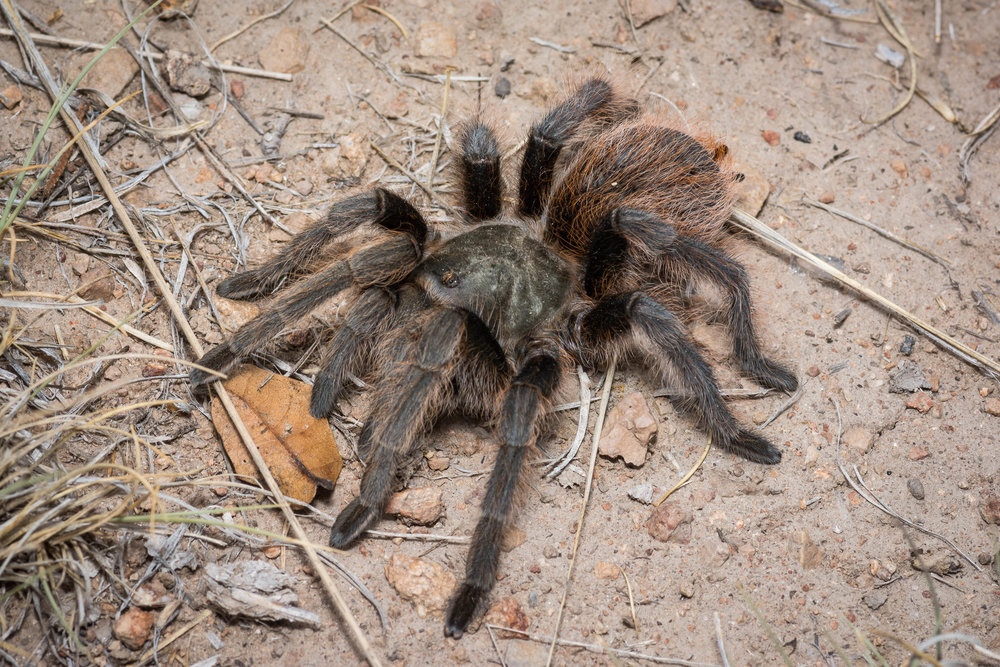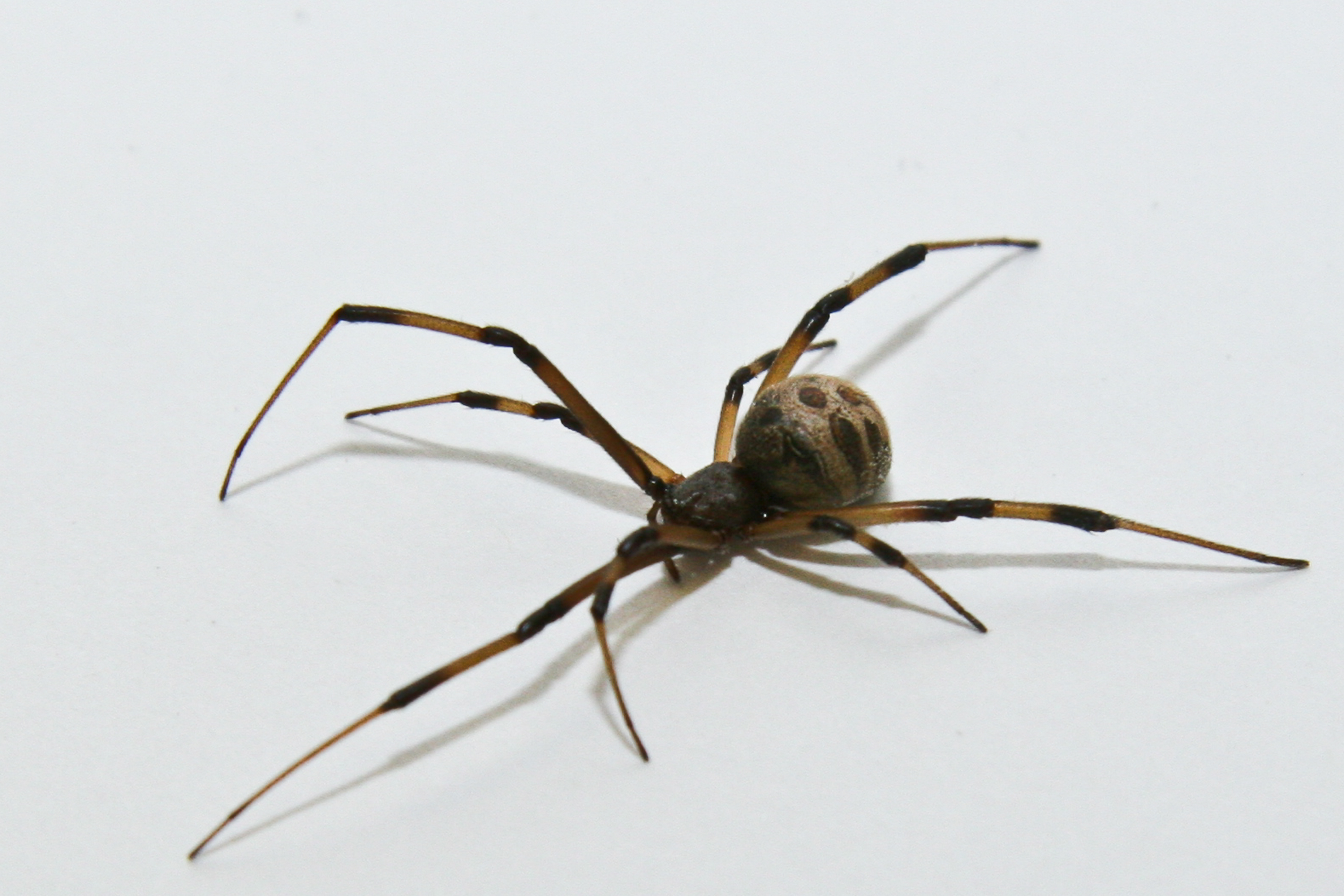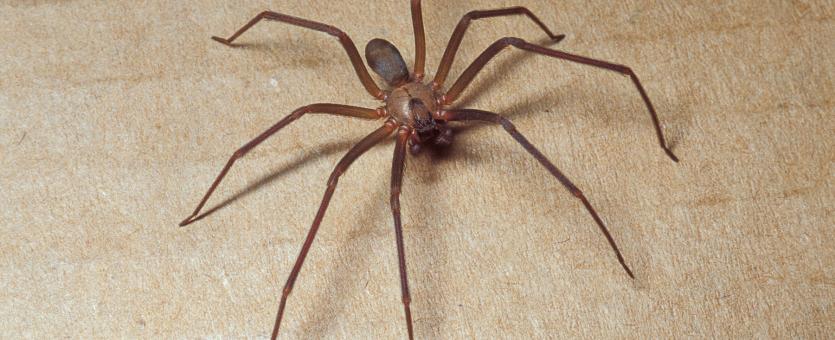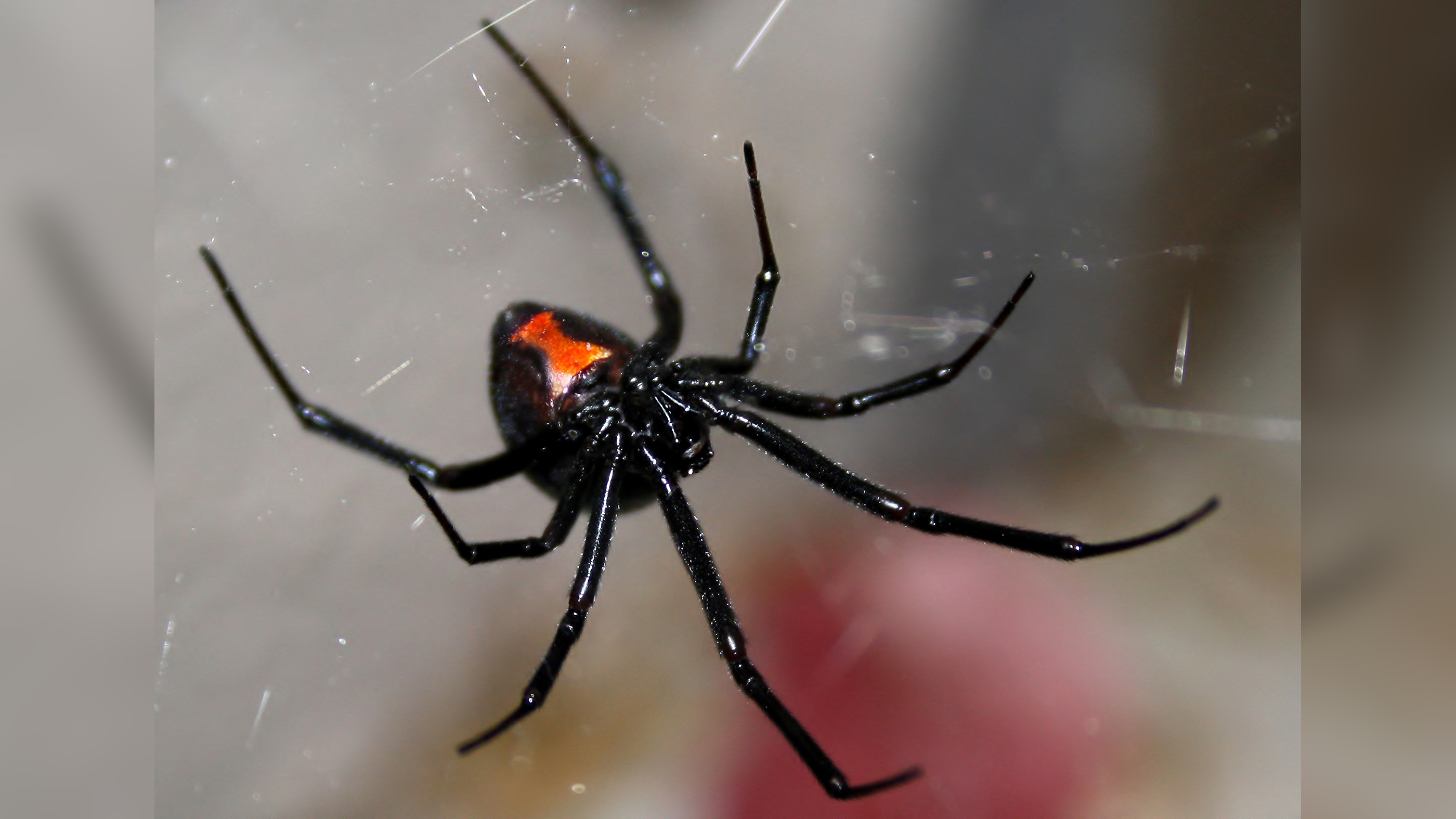New Mexico is home to a diverse array of spiders, with over a thousand species documented by researchers at New Mexico State University. While the majority of these spiders are harmless, there are a few species that pose a potential threat to humans.
In this article, we will explore the top five largest and most dangerous spiders in New Mexico, providing information on their physical characteristics and potential risks.
You are reading: The Top 5 Largest Most Dangerous Spiders In New Mexico

Top 5 Largest Most Dangerous Spiders In New Mexico
Brown Widow Spider

The brown widow spider is one of the most dangerous spiders in New Mexico. Although it is considered one of the least dangerous species of widow spiders in the United States, its venom is still potent and can cause burning, swelling, and muscle spasms if a person is bitten.
Brown widow spiders can be identified by their black or dark brown color and orange or yellow hourglass marking on the underside of the abdomen. They build webs in secluded, protected sites such as under rocks, in woodpiles, and in other sheltered areas. Female brown widows are not aggressive and will usually withdraw to their retreats rather than attack when their web is disturbed.
Brown widow spiders are not native to the United States and are considered invasive. They are common in Florida and are becoming more common in the southern states of the U.S., especially Texas, and now appear to be spreading north through California.
Brown Recluse Spider

The brown recluse spider is a rare and often over-reported species in New Mexico, primarily found in the eastern region near the Pecos River Valley and the Texas border. These spiders are known for their venomous bites, which can cause necrotic skin lesions in some cases.
Here are some key points about the brown recluse spider in New Mexico:
– Geographic Distribution: The brown recluse spider is found in eastern New Mexico, along the Pecos River Valley, and east to Texas.
– Habitats: These spiders prefer hot, dry, abandoned areas, such as wood or rock piles.
Read more : Top 6 Most Dangerous Insects In England
– Identification: Brown recluse spiders have a distinctive violin-shaped marking on their back, with the neck of the violin pointing toward the abdomen.
– Behavior: Brown recluse spiders are nocturnal and typically avoid human contact. They are not aggressive and will only bite if they feel threatened or trapped.
– Rare Occurrence: While the presence of brown recluse spiders in New Mexico is documented, they are not as common as some reports may suggest.
Black Widow Spider

Black widow spiders are one of the most venomous spiders in New Mexico. Here are some key points about black widow spiders in New Mexico:
– Identification: Black widow spiders are easily recognizable by their shiny black or brown body and bright red hourglass marking on their abdomen.
– Habitat: Black widow spiders will build irregular, erratic webs in quiet, undisturbed areas such as garages, barbecue grills, swimming pools, and woodpiles.
– Behavior: Black widow spiders are not aggressive and will only bite if they feel threatened or trapped.
– Venom: The venom of a black widow spider can cause muscle aches, cramps, and spasms, as well as other symptoms such as nausea and difficulty breathing.
It’s important to note that while black widow spiders can be dangerous, they typically only bite when they feel threatened. If you encounter a black widow spider in New Mexico, it’s best to leave it alone and give it plenty of space.
Chiricahua Grey Tarantula
The Chiricahua grey tarantula, also known as the Aphonopelma gabeli, is a species of spider in the family Theraphosidae. Here are some key points about the Chiricahua grey tarantula:
– Physical Characteristics: The Chiricahua grey tarantula is one of the largest spiders in New Mexico, with a leg span of up to 6 inches. They are usually grey or brown in color.
– Habitat: The Chiricahua grey tarantula is found in Arizona, southern New Mexico, and west Texas. They prefer dry, rocky habitats and can often be found in burrows.
Read more : 10 Types Of Shells
– Behavior: Chiricahua grey tarantulas are nocturnal and typically avoid human contact. They are not considered highly dangerous to humans.
– Diet: Chiricahua grey tarantulas are carnivorous and feed on insects, small rodents, and other small animals.
It’s important to note that while the Chiricahua grey tarantula is a large spider, it is not considered highly dangerous to humans. If you encounter a Chiricahua grey tarantula in New Mexico, it’s best to leave it alone and give it plenty of space.
Tucson Bronze Tarantula
The Tucson Bronze Tarantula, also known as Aphonopelma vorhiesi, is a species of spider in the family Theraphosidae. Here are some key points about the Tucson Bronze Tarantula:
– Physical Characteristics: The Tucson Bronze Tarantula is a large spider and is one of the five biggest spiders in New Mexico. They are usually brown or bronze in color and have a leg span of up to 5 inches.
– Habitat: The Tucson Bronze Tarantula is a very common species in New Mexico and is widely distributed in the southern portion of the state. They prefer dry, rocky habitats and can often be found in burrows.
– Behavior: Tucson Bronze Tarantulas are nocturnal and typically avoid human contact. They are not considered highly dangerous to humans.
– Diet: Tucson Bronze Tarantulas are carnivorous and feed on insects, small rodents, and other small animals.
It’s important to note that while the Tucson Bronze Tarantula is a large spider, it is not considered highly dangerous to humans. If you encounter a Tucson Bronze Tarantula in New Mexico, it’s best to leave it alone and give it plenty of space.
FAQS
1. Are all spiders in New Mexico dangerous?
No, the majority of spiders in New Mexico are harmless to humans. However, there are a few species that can be dangerous if provoked or threatened.
2, What should I do if I encounter a dangerous spider in New Mexico?
If you encounter a dangerous spider in New Mexico, it’s best to leave it alone and give it plenty of space. Do not attempt to handle or kill the spider, as this can increase the risk of being bitten.
3. What are the symptoms of a spider bite in New Mexico?
The symptoms of a spider bite in New Mexico can vary depending on the species of spider. Common symptoms include pain, swelling, redness, and itching at the site of the bite. In some cases, more severe symptoms such as muscle cramps, nausea, and difficulty breathing may occur.
4. How can I prevent spider bites in New Mexico?
To prevent spider bites in New Mexico, it’s important to avoid disturbing spiders in their natural habitat. Wear protective clothing when working outdoors, and use caution when reaching into dark, secluded areas such as woodpiles or rock crevices.
5. What should I do if I am bitten by a spider in New Mexico?
If you are bitten by a spider in New Mexico, seek medical attention immediately. In some cases, spider bites can be life-threatening and require prompt treatment.
Source: https://petstutorial.com
Category: Animals










